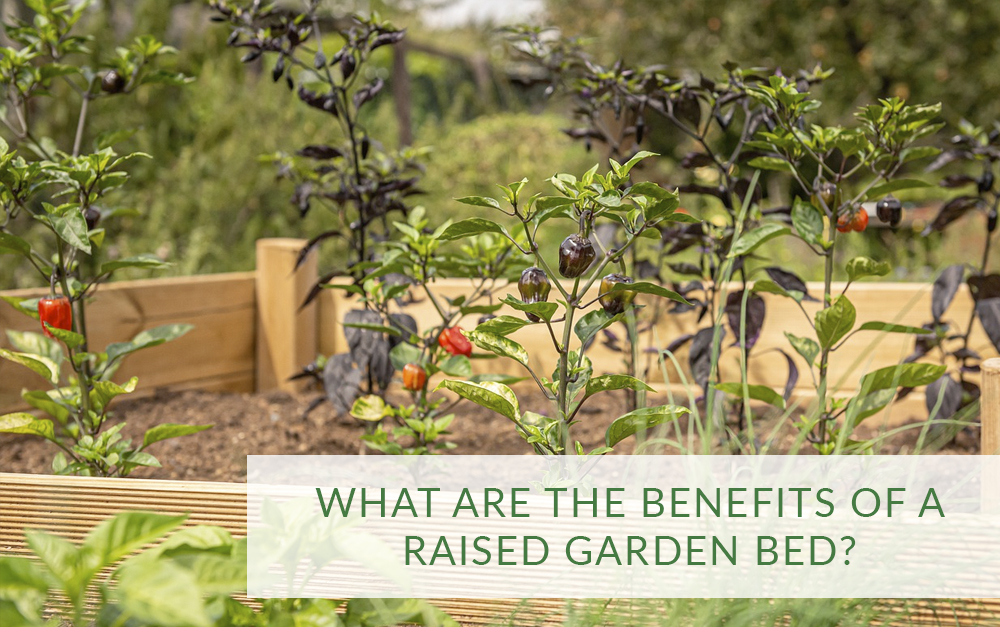This summer many of us embarked on landscaping projects that we had put off, but now had the time to explore. We found ourselves experimenting with DIY projects such as building our own raised garden beds. If you didn’t have a chance to build a garden bed, there is still time! Raised garden beds are perfect for that fall garden!
There are a few options for attaining a garden bed; you can either purchase a pre-made kit or you can go the DIY route. There are pros and cons to both options. The pre-made kit will save you time, but you’ll need to stick to their measurements. If you decide to design and build yourself, you can build the bed to fit your landscape. The DIY method will take more time, and you’ll have to acquire all the tools. If you opt to purchase a kit, make sure you choose the correct sizing and depth for its placement and select the material that’s conducive to your style. If you prefer to be chemical-free and organic you should utilize natural and untreated wood.
In a raised bed you can design the soil to match whatever you need. You have the option of mixing compost, manure, native soil, store-bought soil, and slow release nutrients in whichever composition that you desire. If you start with store-bought soil you can always add your compost later to help your veggies along.
It’s important that your soil moisture is properly balanced. How do you know? One easy tip is that if you take the soil in your hand and squeeze it, it will combine together, but it will easily break apart if you prod at it with your fingers.
Raised beds are easier for maintenance because of the smaller space, weeding is a quicker task. The bed will have less space for weeds to grow and less space to clean up! Just make sure to keep that soil loose. Another benefit is raised beds won’t dry out as quickly. The container helps them retain moisture and avoid rot due to proper drainage. So many benefits!
Watering tip: It’s easy to know when to water if you do the 5-inch test. Stick an object, such as a screwdriver or trowel 5 inches down and see if the soil is moist enough. This will help you learn the water frequency schedule.
What should we plant in the raised bed for fall? Here are a few options good for the next month of planting:
- Asian Greens
- Salad Greens
- Snap Beans
- Broccoli
- Cabbage and Kale
- Cucumbers
- Cauliflower
- Leeks
- Onions
- Green onions
- Garlic
- Peas
- Parsnips
- Sweet Potatoes
- Pumpkins
- Radish
- Squash
A raised garden bed is a great addition to your landscape and is easy to maintain. They also work well for small spaces, especially if you build one to fit your particular needs. They are a great option to keep your kitchen stocked with fresh veggies throughout the winter.

